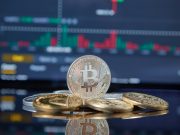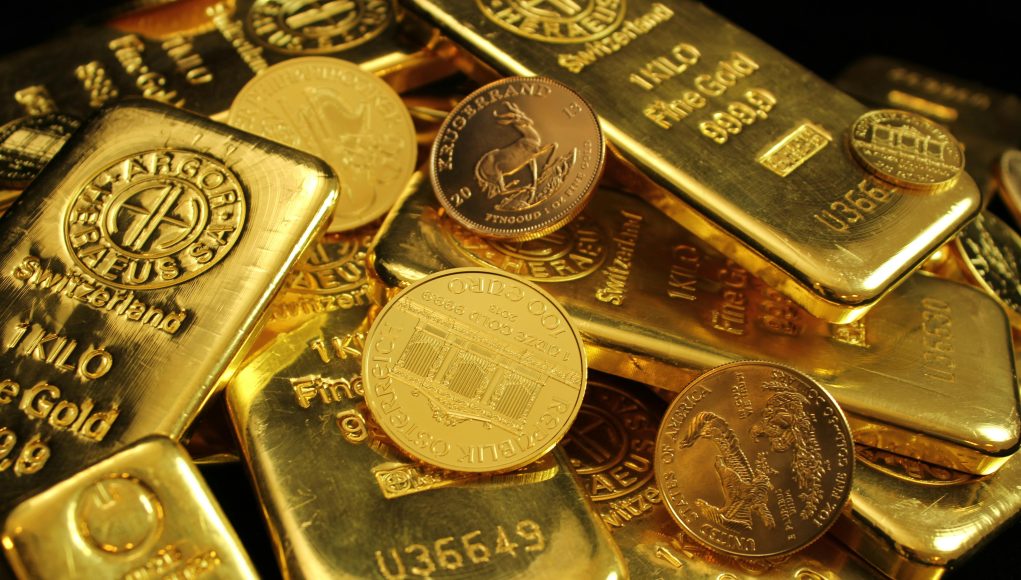
(Singapore, 27.10.2025)As gold prices continue to surge, a global hiring frenzy has broken out across trading houses, hedge funds, and banks — all racing to secure experienced gold traders. The sudden demand has triggered a pay war in what was once one of the most niche corners of the commodities market.
For decades, the gold market was dominated by a small circle of global banks — JPMorgan Chase, HSBC, and UBS among them — operating with lean, specialized teams. But 2025’s powerful rally in bullion prices has redrawn the map. Gold has reclaimed its role as a safe-haven asset and profit engine, and the hunt for skilled traders is intensifying.
A Tight Market for Talent
Commodity giants including Trafigura Group and Gunvor Group have expanded aggressively this year, hiring new teams of precious-metals traders. Their competitors, IXM and Mercuria Energy Group, have also joined the race, according to industry executives and recruiters. Hedge funds, banks, and industrial firms like refiners are following suit — either entering the market for the first time or scaling up their metals trading divisions.
“Precious metals traders are having their moment in the sun,” said Alex Kerr, commodities headhunter at Aurex Group. “It’s not just banks anymore. Hedge funds and trading houses are all looking for precious metals traders or portfolio managers.”
Bloomberg notes that the lack of skilled traders is set to take center stage at the London Bullion Market Association (LBMA) Conference, which convened in Kyoto, Japan this weekend — the most influential event in the global bullion calendar.
The race for talent is being driven by profit. Precious metals trading desks have posted their best results in years. Data from Crisil Coalition Greenwich shows that the 12 largest banks collectively earned about $500 million (S$649 million) from precious metals trading in the first quarter of 2025 — the second-highest quarterly total in a decade and nearly double the 10-year average.
This performance comes on the back of soaring gold prices and strong volatility in silver. Traders also capitalized on a massive arbitrage trade earlier this year that saw tens of billions of dollars’ worth of metal flow into the U.S. market. For many institutions, the renewed profitability of gold has made it an essential component of their broader commodities strategy.
A Shrinking Talent Pool
The challenge is finding qualified people. Years of downsizing have left most banks with thin metals teams. Many experienced traders have retired, while younger finance graduates have gravitated toward technology or crypto trading roles.
“The talent pool is so small that it’s a very thin market,” said Nicholas Snoek of the commodities recruiter HC Group. “Physical precious metals traders are in even shorter supply, given so much talent has retired in recent years and graduates are more focused on tech roles.”
This scarcity has turned gold traders into some of the most sought-after professionals in global markets. Salaries and bonuses have risen sharply as trading houses and hedge funds compete to attract talent. According to Aurex’s Kerr, bonuses for traders at physical trading firms are now two to three times higher than those typically offered by banks.
“This is one of the first times precious metals traders are actually getting paid like other commodity traders,” he said.
Major physical trading firms — traditionally focused on oil, gas, or base metals — are now making strategic moves into gold and silver. For many, it’s a natural extension of existing operations.
Trafigura has hired three dedicated precious-metals traders this year. Gunvor, known for its energy trading business, is building a full value chain from concentrates to refined bullion bars.
“We are developing the full value chain from gold and silver concentrates to refined bars,” a Gunvor spokesperson said. The company recently hired Mark Devine, who previously worked at Marex Group and Macquarie, along with other traders from ICBC Standard Bank, Anglo American, and StoneX Group.
The expansion signals a shift in strategy: for trading houses, precious metals are no longer just a byproduct of base metal operations — they are a growth business in their own right.
The surge in demand has triggered an industry-wide wave of job changes, from senior traders to junior analysts. “The people movements are the most I’ve seen during my career,” said Bruce Ikemizu, chairman of the Japan Bullion Market Association. “There aren’t that many really experienced people, and we don’t have young kids coming into this business.”
The situation has created opportunities for mid-level professionals to step up quickly. But it has also exposed a skills gap: physical precious-metals trading requires deep operational knowledge — from logistics and storage to regulatory compliance — that can’t be easily replicated by algorithmic or macro traders.
Uncertainty Fuels a New Golden Age for Traders
This revival comes amid persistent global uncertainty. Inflation remains elevated, geopolitical risks are high, and central banks — especially in emerging markets — continue to diversify reserves into gold. Investor appetite for safe-haven assets has surged, while volatility in other markets has made gold’s steady returns more appealing.
For hedge funds and trading firms, gold’s price swings and liquidity offer lucrative trading opportunities. For banks, it’s a chance to rebuild relationships with clients seeking physical delivery, hedging, or financing solutions.
After years of neglect, the precious metals market is experiencing a renaissance. Trading desks that were once considered legacy divisions are now front and center again.
If the current trend continues, 2025 could mark the start of a new “golden age” for bullion trading — one defined not only by price gains, but by a transformation in who trades it, and how.





































